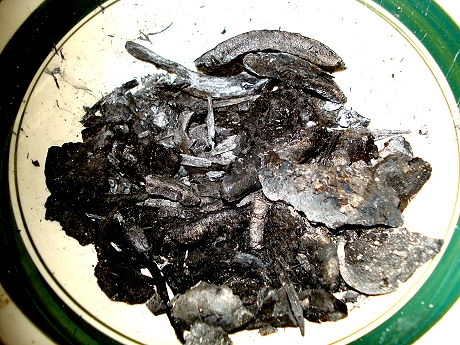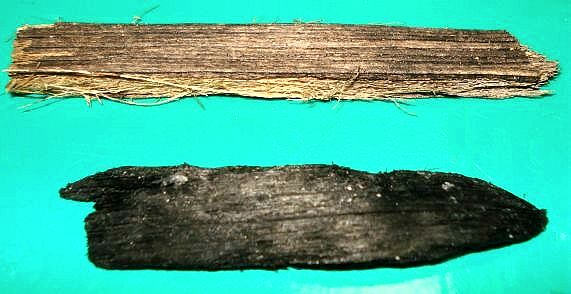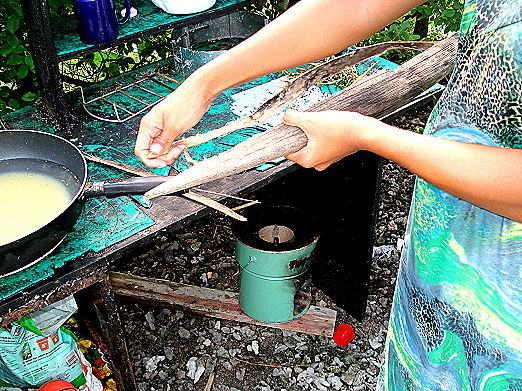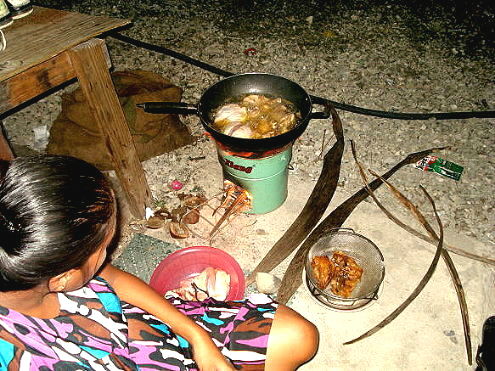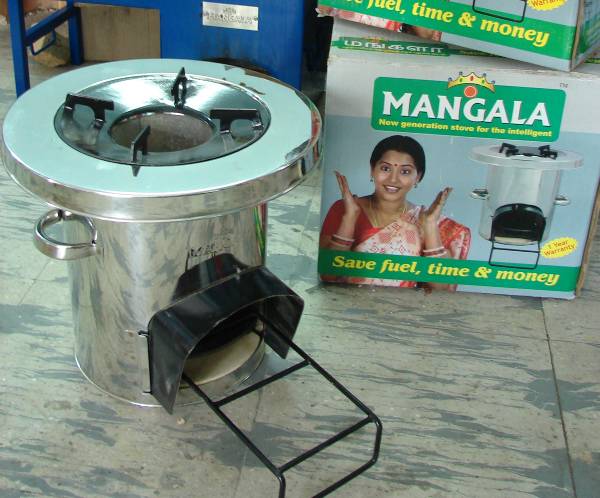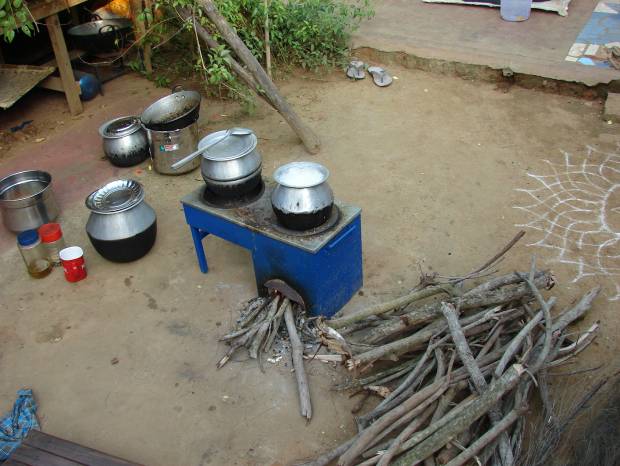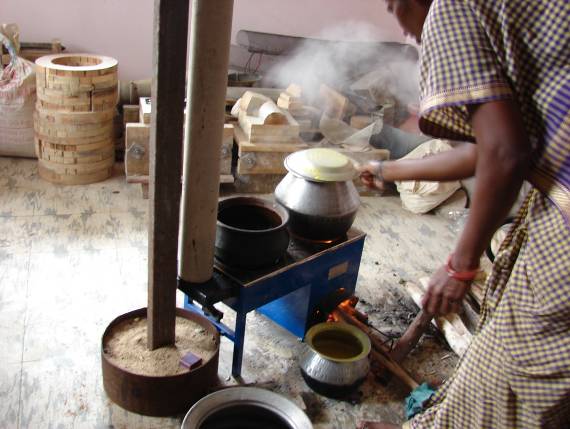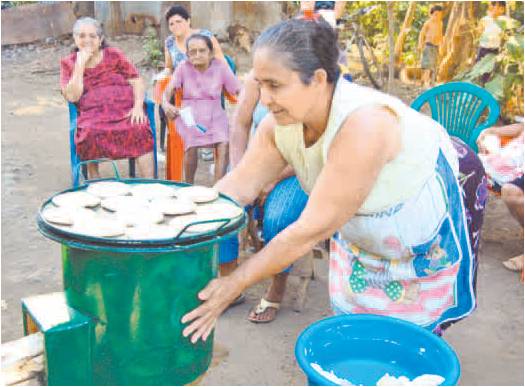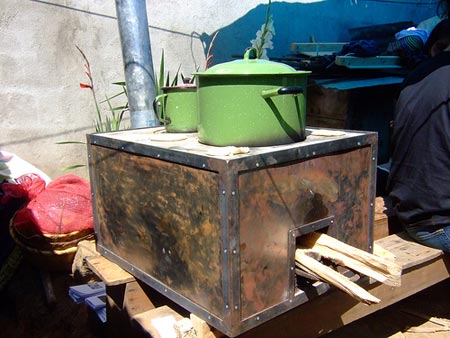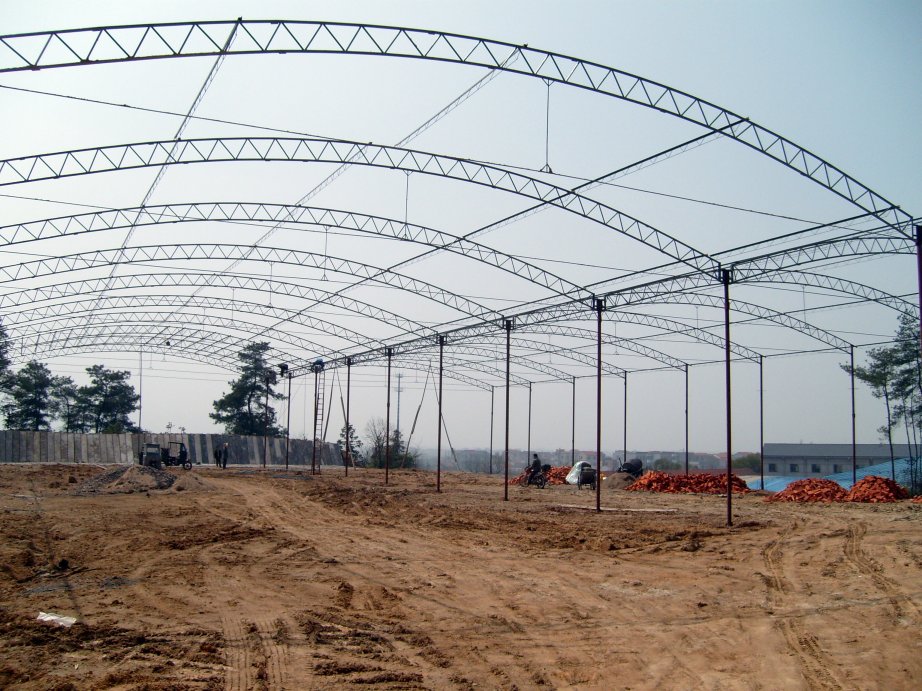Charcoal in the ARC stoves in Majuro
Michael Trevor, Marshall Island, December 13, 2008
It was asked if the ARC's stoves here in the Marshall make charcoal Absolutely
I went back and looked after we had to use the stove because the propane ran out, here in town. you answer pulpy punky material or not yes the stove does produce charcoal.
The charcoal in the pictures is charred copra used to light the stove and the pieces of the flower shoot that even show the grain and structure of the original pieces.
The flower shoot cover Spathe or Utak is an often used fuel anyway. Ripped by hand into small strips it works particularly well in the ARC rocket stoves. Copra, dried coconut meat, is the major cash crop and source of income for most. Its use would be limited to only a few chips as a starter material.
I find a spritz of kerosene from a old 409 bottle or even a squirt of WD-40 does fine as a starter too. Various pieces of fronds and leaflets are really bio trash stuff and if they can be use effectively a really handy application.
As for char structure, after it goes through my blender I am not at all sure there is much left.
Remember I have been using Charcoal slurppees for a while. Charcoal, fish scraps if there are and a touch of 20/20/20 and a pinch of sugar.
So better cooking and may your terra preta plot grow too.
Michael N Trevor
Marshall Islands
mtrevor@ntamar.net
See:
"Cocos nucifera"

